VMI Sports has quietly been staking their claim on several parts of the supplement market - they've always been known for their high-stimulant K-XR pre workout, which uses a triple-stage caffeine threat that is not for the timid. But more recently, their Protolyte whey protein isolate powder (now with over half a dozen insanely underrated flavors) has caught everyone's attention.
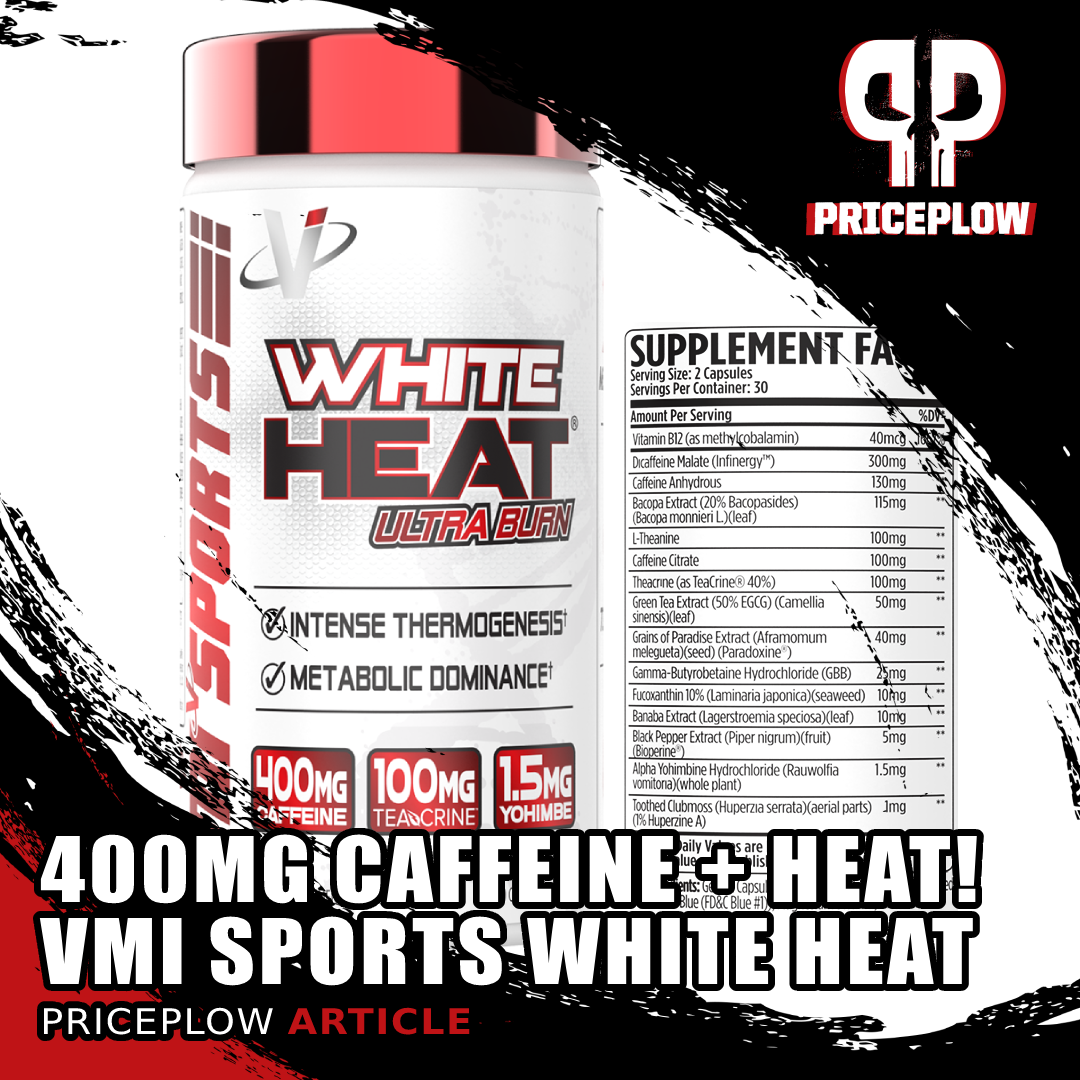
Whatever happened to high-caffeine fat burners that worked beyond energy?! It's here from the brand behind K-XR with VMI Sports White Heat!
Yet while they've always had great carnitine supplements (both with and without "heat"), the brand has never had a capsule based fat burner - until June 2021!
VMI Sports White Heat: The K-XR of Fat Burners
In true style of the brand behind K-XR, VMI Sports has released a high-caffeine fat burner named White Heat, and once again, it's not for the timid. Inside, you'll get 400mg caffeine from three different forms -- most of it time-released -- and that comes in a two capsule serving.
400mg caffeine in two caps!
This means you're either going moderately hard, or all-in. White Heat is amplified with additional energy from theacrine and alpha yohimbine, so you know that this is going to perk you up for a long time, and then some. Good news is that it's smoothed out with a couple relaxing ingredients in L-theanine and bacopa monnieri, a vastly underrated feel-good combination.
The heat in White Heat comes from grains of paradise and sweat-inducing GBB (along with the hefty hit of caffeine), and there's added ingredients like fucoxanthin making this quite a diverse fat burner in just two capsules.
Caffeine lovers have been slightly abandoned by fat burners lately, so White Heat is the option if you want it strong. The analysis is below, but first check out our prices and sign up for VMI Sports news alerts:
VMI Sports White Heat - Ultra Burn – Deals and Price Drop Alerts
Get Price Alerts
No spam, no scams.
Disclosure: PricePlow relies on pricing from stores with which we have a business relationship. We work hard to keep pricing current, but you may find a better offer.
Posts are sponsored in part by the retailers and/or brands listed on this page.
This area is reserved for Team PricePlow's upcoming Ingredients video.
Subscribe to our channel and sign up for notifications so you catch it when it goes live!
VMI Sports White Heat Ingredients
In just two capsules, you get the following high-energy profile:
-
Caffeine Blend (yielding 400mg total caffeine)
-
Dicaffeine Malate (Infinergy) - 300mg (yielding ~220mg caffeine)
-
Caffeine Anhydrous - 130mg
-
Caffeine Citrate - 100mg (yielding 50mg caffeine)
Three forms of caffeine totaling 400 milligrams in just two capsules. Are you ready to burn fat with intensity?!
Look out! It's a high-caffeine fat burner, made of the trifecta blend of dicaffeine malate (slower), caffeine anhydrous (regular), and caffeine citrate (anecdotally faster).
It's not unusual to see high-caffeine pre workouts, and VMI Sports is well known for one of their own in K-XR, which uses the same three forms. Lately, however, the industry has stayed away from fat burners with this much caffeine. But let's face it - some of us want it at warp speed!
And with just two capsules, you don't have much choice - you're either going in at the beginner single capsule dose at 200mg, or you're going full-tilt with 400 milligrams. Realize, however, that we have mostly dicaffeine malate, so this will be a strong time-released flow, and not as up-front and aggressive as 400 milligrams of caffeine anhydrous alone would be.
Let's talk about what caffeine does, and then differentiate between these three sources.
How caffeine works
As most know, caffeine wakes you up, additionally helping with increased fat oxidation and cognition, providing more mental and physical energy. It does this by inhibiting adenosine, which is a neurotransmitter that drives relaxation and sleep.[1] By turning down adenosine, we get increased alertness, and studies have shown that caffeine also decreases appetite and increases thermogenic heat[1,2] -- hence our White Heat.
Going further, caffeine consistently stimulates cyclic AMP (also known as cAMP or cyclic adenosine monophosphate) by inhibiting another enzyme in phosphodiesterase in both fat and muscle tissues. The end result is that you get more thermogenesis, helping the body expend more energy.[2,3]
The three forms of caffeine in White Heat
What's great about this blend is that it's not just a 400mg strike all at once - a great deal of it comes in the form of delayed release caffeine:
- Infinergy dicaffeine malate provides the majority of the caffeine, at 220mg worth (we have 300mg total, but it's ~73% caffeine by weight, as it's bonded to malic acid). This takes your body a bit longer to break down, smoothing out the "caffeine curve".
- Caffeine anhydrous is simply caffeine without water -- this is the standard caffeine we're used to seeing in supplements. There's 130mg anhydrous here.
- Caffeine Citrate is instead blended with citric acid, and we get 50mg total here (it's ~50% caffeine by weight). Anecdotally speaking, this is a faster-acting form of caffeine.
What's unique is that we have more dicaffeine malate than anhydrous here - so the majority of the energy is going to come slowly, although the fast forms are nothing to sneeze at!
While we need more than just caffeine to enhance fat oxidation, this will definitely get fatty acid turnover started, and shows exactly what VMI Sports is thinking here.
Not everyone goes this high of caffeine, but for those who do... the market is no longer neglecting you! But don't worry - next we smooth the ride out:
-
-
Bacopa Extract (20% Bacosides) (Bacopa monnieri L.) (leaf) extract - 115mg
Bacopa Monnieri has been coming on strong as a relaxing brain booster, which it's great at. But in terms of sleep, it's a bit of a shot in the dark. Image courtesy Wikimedia
To balance out the huge dosage of caffeine, we need a couple of strong anxiolytics that will feel good and reduce cortisol, which may promote some fat loss effects in their own way.
Bacopa monnieri is a popular traditional herb that's been used as an adaptogen for quite some time. It's able to regulate dopamine, serotonin, acetylcholine, and GABA -- several critical neurotransmitters -- in the brain.[4,5] It's all driven by the bacosides inside,[6] which are the adaptogenic regulators that not only help us feel good, but can regenerate synapses and repair injured neurons![5]
Due to the functions listed above, you can get a lot of great effects from bacopa (most of which are cognitive or mental):
- Reduced stress and lower cortisol[7,8]
- Improved memory and cognition[9]
- Anxiety relief[10-14]
- Better learning capabilities[4,15-19]
- Protection from neurodegeneration[20,21]
These are all great, especially paired up with a high-stim fat burner... but in terms of weight loss, it's the cortisol we need to focus on. So next let's discuss chronic cortisol's nasty effects, then get to how bacopa can help alleviate it:
Chronic cortisol and weight gain
Cortisol is known as the "stress hormone", and serves a great purpose, preparing the brain and body for taxing situations where we may need to preserve energy and "get on edge" for whatever scenario is stressing us. The issue is when we have chronically high cortisol levels, which is all too often in our stressful society. When cortisol levels don't go down ever, we experience the following health consequences:
- Higher blood glucose levels,[22]
- Increased abdominal fat / difficulty losing fat,[23]
- Lower muscle mass and strength,[24] and
- Uncontrolled appetite.[25]
This isn't always a bad thing in the short term - it's great that our bodies can keep blood sugar high for immediate use. But when it's always high, we have ourselves a major problem. Chronic cortisol leads to a "downward spiral" that becomes difficult to escape, as the poor health may further stress us out!
Bacopa: underrated cortisol reducer
Bacopa is a perennial flowering plant frequently used for its mood-enhancing qualities, but it's also an incredibly powerful nootropic for learning and memory.
Bacopa helps, however. Several studies have shown that it lowers cortisol,[7,8] helping you to get focused and back to work. It's the bacoside content that's doing the job, which we have disclosed here from VMI Sports.
This ingredient is not seen often enough in sports nutrition. There's been a shift to powdered based supplements, and the ingredient does not taste good. So the best chance to get it in is through capsule form, and VMI was wise to add it. They're even more wise to pair it with L-theanine next, which will also ease the strike from caffeine, but with an entirely different mechanism.
Together, this could be one of the better-feeling high-caffeine products because of the effects of these two ingredients - and when we feel good and less stressed, we generally eat less.
-
L-Theanine - 100mg
With a similar function to bacopa monnieri, L-theanine also takes some of the edge off of the high hit of caffeine, leading to cognitive benefits driven by its synergy with caffeine.[26-28]
L-theanine is found in tea leaves (camellia sinensis), and helps the body produce more GABA, a neurotransmitter related to relaxation. Research studies have shown that it has a non-sedative, relaxing feel, and in doses between 50 and 200 milligrams (right where we're at), there is increased alpha-wave activity in the brain after just 40 minutes.[29]
Before White Heat, we've never combined L-theanine and bacopa together, and definitely expect them to enhance the focus and cognitive effect while also lessening any crash (which should already be alleviated by the dicaffeine malate based blend).
-
Theacrine (as Teacrine 40%) - 100mg
Is 400mg of long-lasting caffeine not enough for you? Here's even more high-half-life cognitive power. Theacrine has been added to provide another level of neurostimulatory action in White Heat. This ingredient is an alkaloid found in kucha tea leaves, and research has shown that it can boost energy, mood, physical performance, and cognition.[30,31]
Even better? Theacrine is synergistic with its chemical cousin, caffeine,[30,31] which you know we have here in spades!
The function is actually similar to caffeine, in that it blocks adenosine receptors. But what's impressive is that it can also activate dopamine receptors,[30,31] enhancing cognition - and it lasts quite a while! But the best part is that it doesn't seem to affect the cardiovascular system or increase blood pressure like caffeine does.[30]
VMI was clearly not kidding when they wanted to bring a long-lasting fat burner to the field. This is probably one you don't want to take too late in the day at all -- possibly 2pm at the latest!
-
Green tea extract (50% EGCG) (Camellia Sinensis) (leaf) - 50mg
We've recently begun calling green tea extract a "metabolic catch-all", a phrase we stand behind because of its numerous beneficial health effects.
While this isn't a monstrous dosage, green tea extract has been shown to yield the following benefits with regards to human metabolism:
- Increased fat oxidation and decreased fat mass[32]
- Better blood flow[33]
- Improved insulin sensitivity[34,35]
- Decreased blood pressure[36]
- Better general well-being[36]
Since the effects aren't insanely strong, green tea is often overlooked, but there are definitely health benefits to both supplementing the extract and/or drinking green tea that more dieters should be aware of. It's always good to see, but we don't ever tell anyone to rely on it alone.
-
Grains of Paradise Extract (Aframomum Melegueta)(seed) (Paradoxine) - 40mg
If you can handle the 400mg caffeine and supporting ingredients in two capsules of White Heat, you'll be treated to a clinical 40mg dosage of grains of paradise extract, a potent spice that leads to incredible diet-related benefits. Also known as Aframomum melegueta this member of the ginger family first showed the abilities to decrease blood sugar levels and reduce inflammation.[37-39]
They're not just for cooking anymore! Grains of Paradise seeds can be used for weight loss and body recomposition!
In 2013, researchers put the spice's effects to the test by giving 19 healthy men 40mg grains of paradise extract, measuring whole body energy expenditure after measuring their baseline a day prior.[40]
They found that those who were given grains of paradise had 5% more energy expenditure in just two hours compared to the control group that did not receive the spice![40]
The next year, in 2014, the researchers tested it for a full month, giving 30mg grains of paradise per day in a placebo-controlled study on 19 healthy females. The researchers tested whole-body energy expenditure and visceral body fat before and after the study.
Researchers found that the group consuming the Grains of Paradise extract had a significantly greater increase in energy expenditure, due to increased BAT activity, than the group not receiving the GoP extract.[41]
When done, grains of paradise significantly decreased visceral fat and increased energy expenditure. They determined that the GP group burnt about 100 calories more per day than the placebo group![41]
The loss of visceral fat was also critically important, since this is the fat around critical organs and is most metabolically dangerous. It's the first type of fat the body will burn, and is a top priority to reduce.
You can learn more about grains of paradise in our article titled Grains of Paradise: Fat Fighting Spice of the Goddesses.
-
Gamma-Butyrobetaine Hydrochloride (GBB) - 25mg
Now comes the heat in White Heat! The story here is with carnitine, but the effect is an amplified sweat effect when training! Gamma-Butyrobetaine, or GBB, helps us produce more carnitine[42-44] -- it's a pro-carnitine ingredient.
L-Carnitine supplements have been getting some "enhancements" lately, thanks to some hot new thermogenic ingredients! Featured: VMI Sports L-Carnitine 1500 Heat
This is important, because carnitine helps with fatty acid transport to the mitochondria, enabling our cell's "powerhouses" to generate more ATP.[45] More carnitine can lead to more weight loss and lower BMI[46] and better blood sugar response[47] -- especially if supplemented in those who are deficient (generally vegans/vegetarians, the elderly, and hard-training athletes).[48-54]
It's worth noting that the studies cited in the paragraph above are in terms of carnitine supplementation, not GBB, but the point is that more carnitine is generally a very good thing.
On top of eating more high-protein red meat, the two main ways to supplementally boost carnitine levels are to
- Take any form of L-carnitine (liquid or powder)
- Take an L-carnitine precursor to generate more carnitine yourself
VMI Sports is no stranger to carnitine supplements, with L-Carnitine 3000 and L-Carnitine 1500 Heat (which also has GBB).
Thanks to an enzyme named gamma-butyrobetaine dioxygenase, when we take GBB, we get more converted to carnitine in our systems![42,43] This is great, but the really interesting effect is that it makes some dieters sweat more, especially when training.[44]
With this effect, GBB packs a punch in a small dose, which is perfect for a two-capsule supplement like White Heat.
There are additional benefits discussed in our article titled GBB (Gamma-Butyrobetaine Ethyl Ester): Super Carnitine That Makes You Sweat?! Including nitric oxide amplification and more. The point here is that White Heat is going to live up to its name, especially with the stims and spices next to GBB.
-
Fucoxanthin 10% (Laminaria japonica)(seaweed) - 10mg
Fucoxanthin is a compound present in seaweed that enhances carb metabolism and GLUT4 expression in skeletal muscle.[55,56] Basically, this ensures that more carbs eaten get stored in muscle tissue as opposed to fat stores.
Fucoxanthin also can act as as a beta-3 adrenergic agonist in white fat cells[57], increasing Uncoupling Protein 1 (UCP1) activity, which results in a higher metabolic rate, and ultimately faster fat loss.[58]
Animal research has also shown consumption of seaweeds high in fucoxanthin can inhibit the growth of fat cells and increase satiety.[59]
VMI Sports has impressed us with their flavoring lately, so they told us that their new Protolyte whey isolate flavors are even better! Bring it VMI!
Given such promising research, the fact that very few of us eat seaweed anymore (it's also rich in thyroid-critical iodine), and small doses needed, we'd like to see more fat burners add fucoxanthin in. VMI Sports has taken the lead in bringing it back with White Heat.
-
Banaba Extract (Lagerstroemia speciosa)(leaf) - 10mg
So far, we haven't covered blood sugar control much, and that's a critical component to dieting. Reason being, when blood sugar levels (or insulin) are high, fat oxidation slows dramatically[60,61] -- after all, you're burning sugar, not fat. The bacopa may indirectly fight against chronic blood sugar elevation, but banaba extract will provide some direct support.
The primary constituent of banaba is corosolic acid, but we unfortunately don't know the standardization. The good news, however, is that much of the research uses a 10 milligram banaba dose, and several studies show that banaba can help reduce fasting and postprandial blood sugar levels by 10% in insulin-resistant users.[62-65]
Mechanistically, animal studies have shown that banaba can help activate GLUT4 receptors in muscle tissue,[64] -- which should pair well with fucoxanthin in helping us store glucose as muscle instead of fat, assuming you're training and your glycogen stores aren't constantly full.
Some in vitro research even suggests that banaba might prevent carbohydrate absorption/digestion,[65] but we never like to rely on such functions. When it comes to carbs, eat what you athletically need to perform, and try not to have constantly high blood sugar around the clock.
-
Black Pepper Extract (Piper nigrum)(fruit)(Bioperine) - 5mg
BioPerine is an absorption-enhancing agent that brings a high-quality black pepper extract standardized for piperine, and it can greatly enhance nutrient uptake!
The piperine inside works by inhibiting P-glycoprotein and CYP3A4 in humans,[66] key enzymes used to metabolize nutrients and even drugs. By inhibiting them, we can keep nutrients in the bloodstream longer.
While we don't have a great deal of specific research on Bioperine's amplification of the weight loss ingredients in White Heat, we have seen it work with several including beta-carotene,[67] coenzyme Q10,[68] curcumin (2000%!),[69] resveratrol,[70] and vitamin B6.[71]
Further, there are potential effects that black pepper extract can possibly increase mitochondrial capacity[72] so you can generate more energy -- but note that the study is confounded with resveratrol, which we don't have here. Still very interesting, and you might just get a sliver more heat from that black pepper too!
5 milligrams is the standard dose. Now back to two more ingredients, one of which is really going to up the intensity:
-
Alpha Yohimbine Hydrochloride (Rauwolfia vomitoria)(whole plant) - 1.5mg
Time to take that caffeine and theacrine to the next level - with a solid 1.5mg strike of alpha yohimbine! Affectionately known as "alpha yo", this ingredient comes from rauwolfia and provides an intense, fat-blocking effect due to its ability to block alpha-2 adrenergic receptors.[73,74]
This mechanism leads to some intense effects, including:
- Enhanced energy
- Increased fat loss
- Improved mood
- Amplified libido
- Appetite suppression[73,74]
As an alpha-2 antagonist, alpha yohimbine can block substrates from binding to alpha-2 receptors. That may lead to fat storage prevention and more energy - but you'll need to burn that fat, which is why we're all about training after taking White Heat or other alpha-yohimbine-containing supplements.
-
Toothed Clubmoss (Huperzia serrata)(aerial parts) (1% Huperzine A) - 1mg
Finally, we get a bit more focus retention from Huperzine A, which works to keep our acetylcholine levels high since it is an acetylcholinesterase inhibitor.[75] While there's no choline added to White Heat, meaning we're not getting an added acetylcholine boost, we are still getting to keep some acetylcholine stores around for a longer period of time, and this is known to have neuroprotective effects.[76]
Also worth noting is that we have the higher quality form of Vitamin B12 in methylcobalamin, which we always greatly prefer over the cheaper cyanocobalamin forms.[77-80]
White Heat Dosage
Your options are pretty simple with White Heat - two capsules per day to get the full effects. The question is... are you going to slam them both at once, or space them out in the day?
Either way is fine, but note that it's probably best to take one at a time to assess your tolerance first - that double capsule dose is going to bring it.
VMI Sports Finally Has a Fat Burner!
Years ago, too many companies did nothing but load caffeine (and not much else) into fat burners. After a while, the industry shied away from the practice... all while loading tons of caffeine into pre workout supplements! However, there is a market for high-caffeine weight loss aids, and it's relatively unserved.
Now it's time to bring the energy back, yet with other useful ingredients like grains of paradise, fucoxanthin, alpha-yohimbine, and banaba. In addition, the bacopa and L-theanine blend here should definitely make it feel good.
We expect no different from the brand that brought us K-XR (the OGs of the Miami Vice flavor system). The biggest surprise is that it took this long for VMI to come out with a capsule fat burner. They did it, and they did it in a high-powered way with White Heat.
Stack this one with either of VMI's L-Carnitine supplements and get ready for some White Heat.
VMI Sports White Heat - Ultra Burn – Deals and Price Drop Alerts
Get Price Alerts
No spam, no scams.
Disclosure: PricePlow relies on pricing from stores with which we have a business relationship. We work hard to keep pricing current, but you may find a better offer.
Posts are sponsored in part by the retailers and/or brands listed on this page.


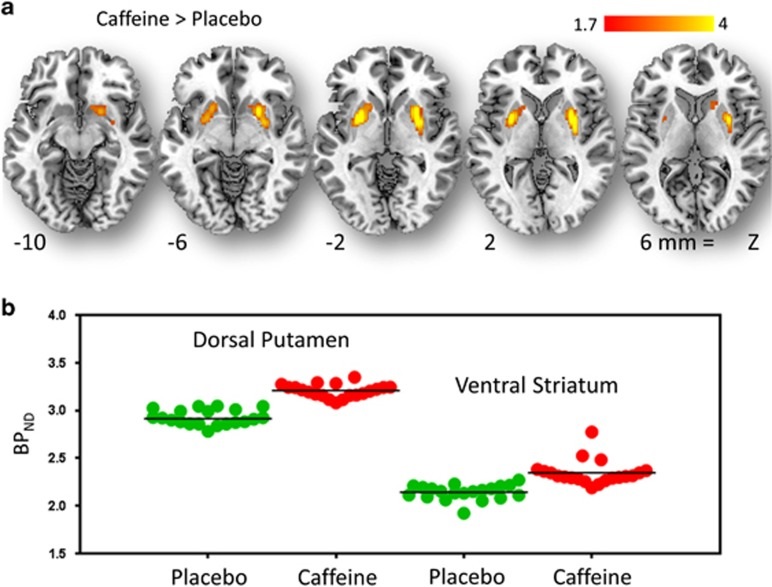
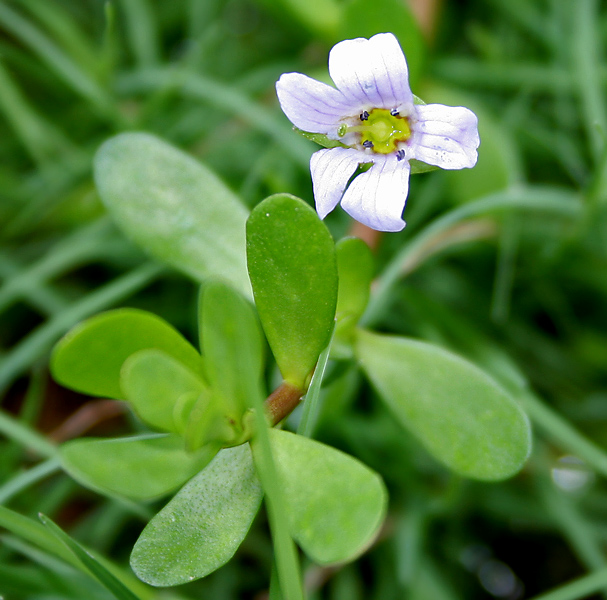
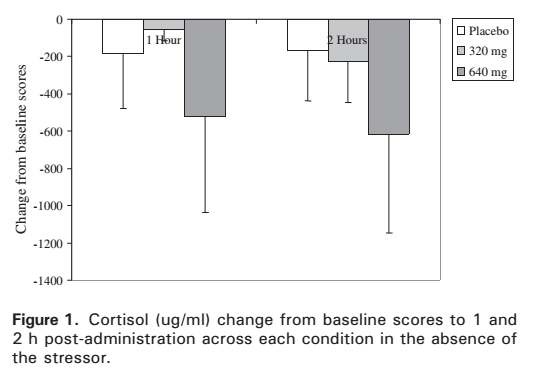
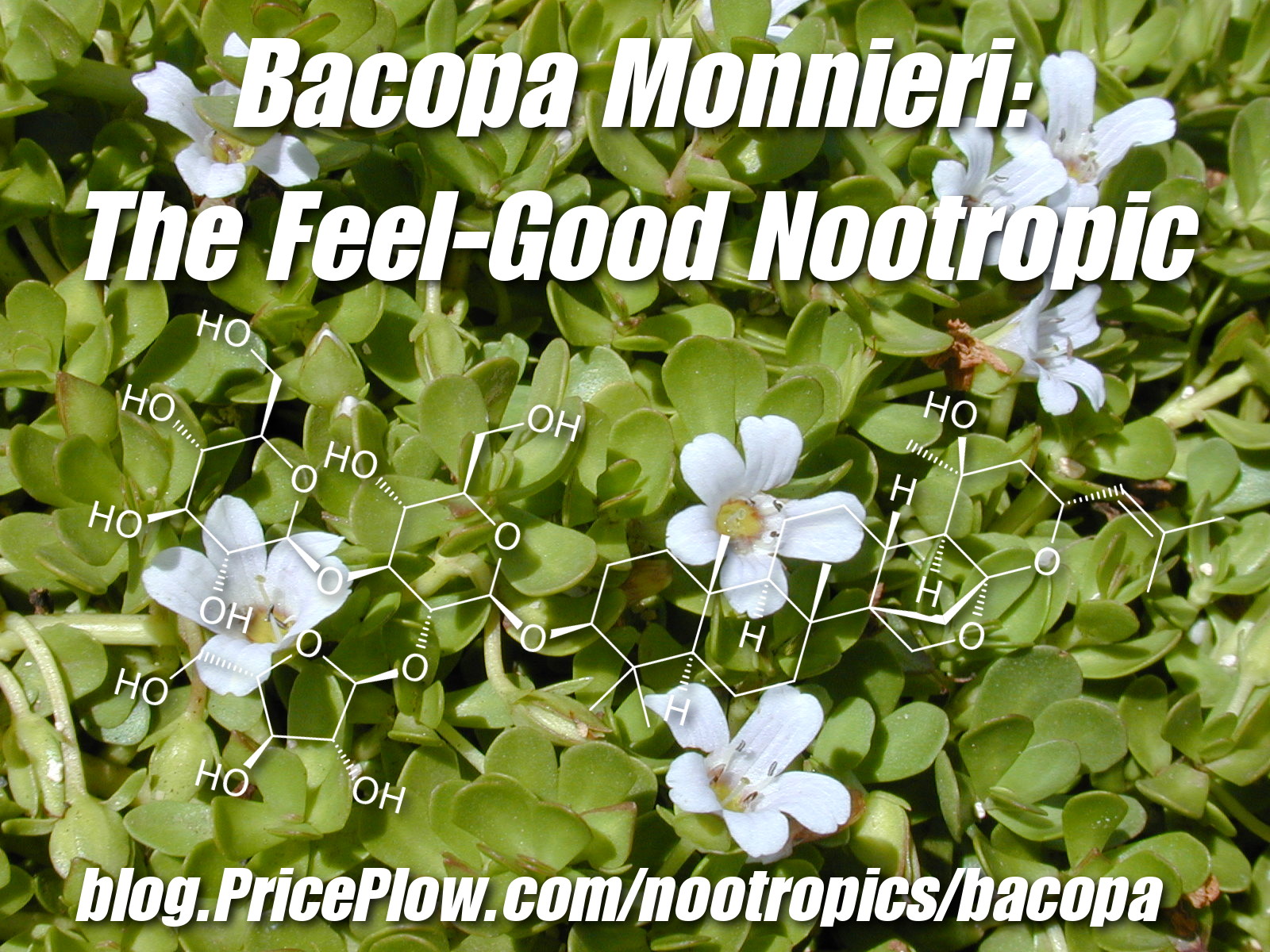
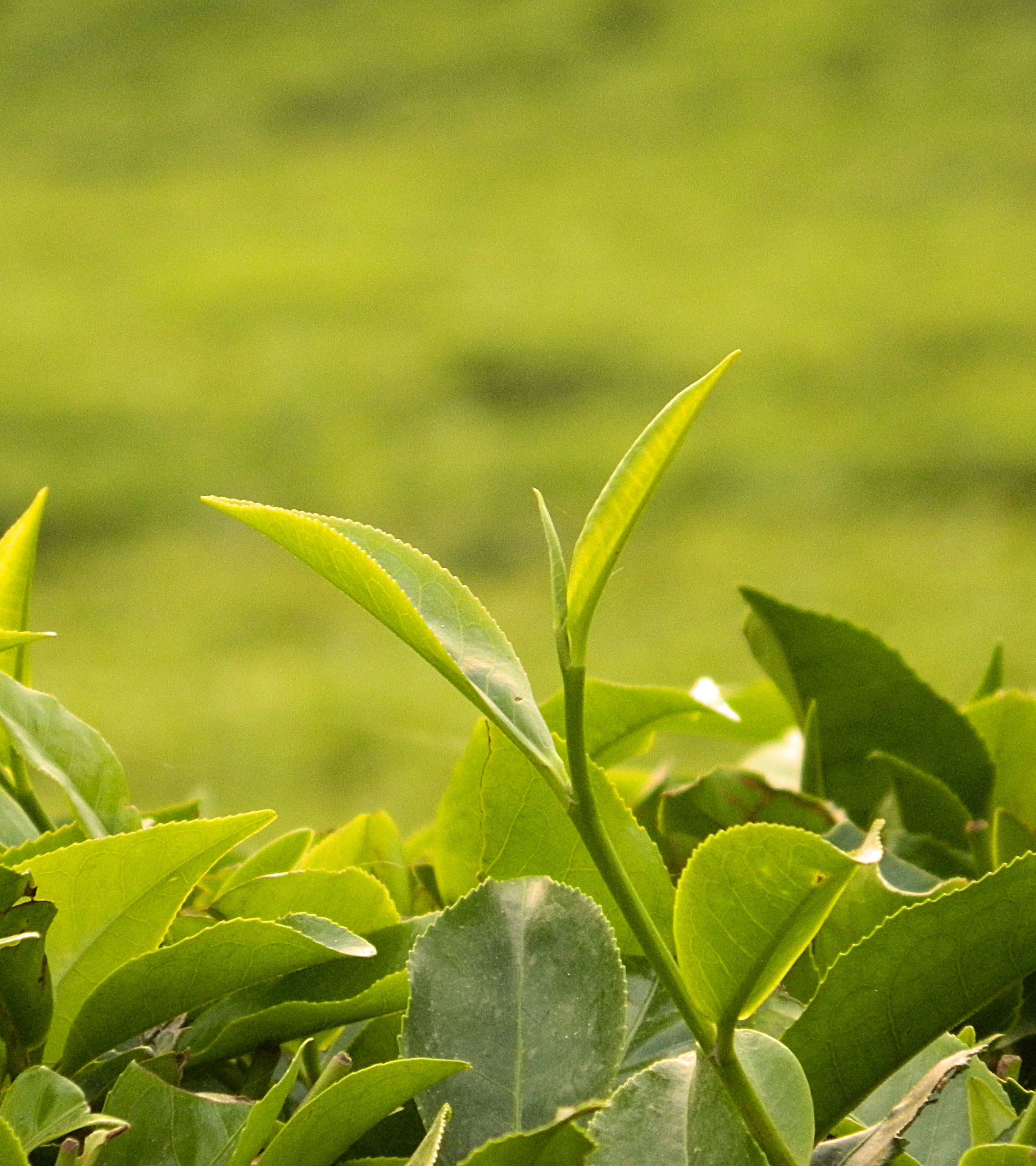

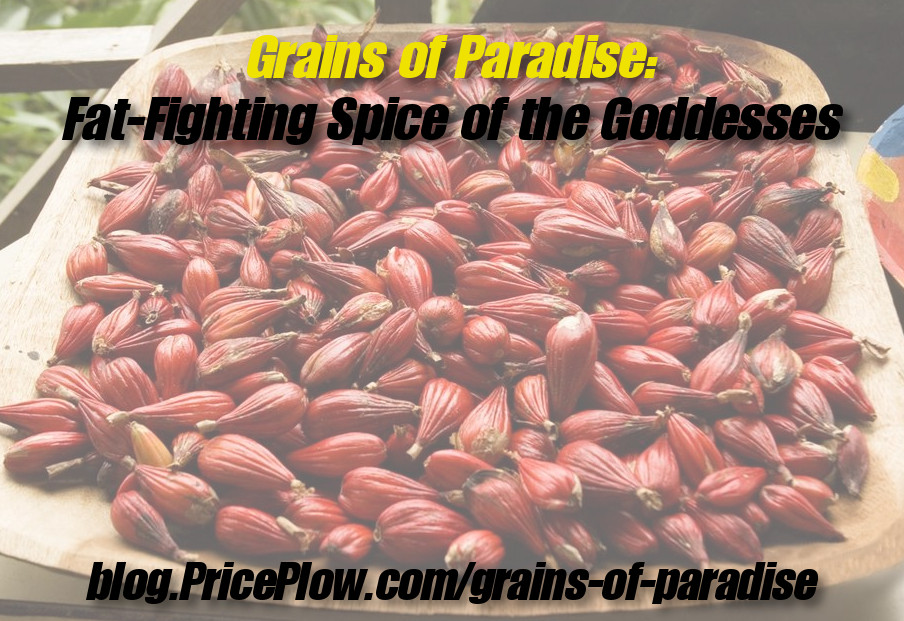
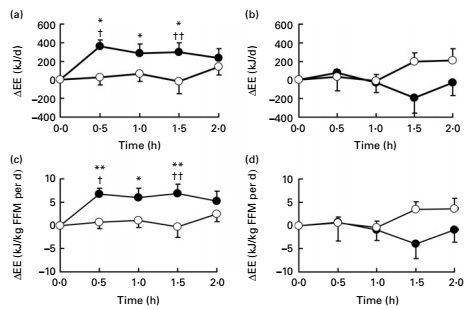
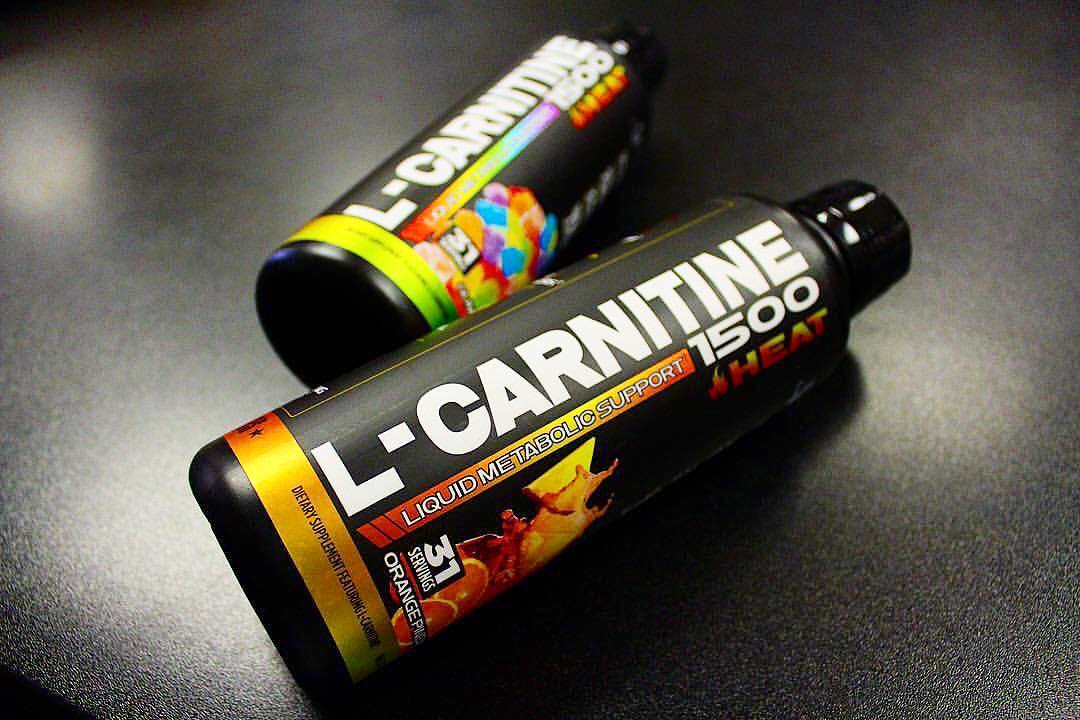
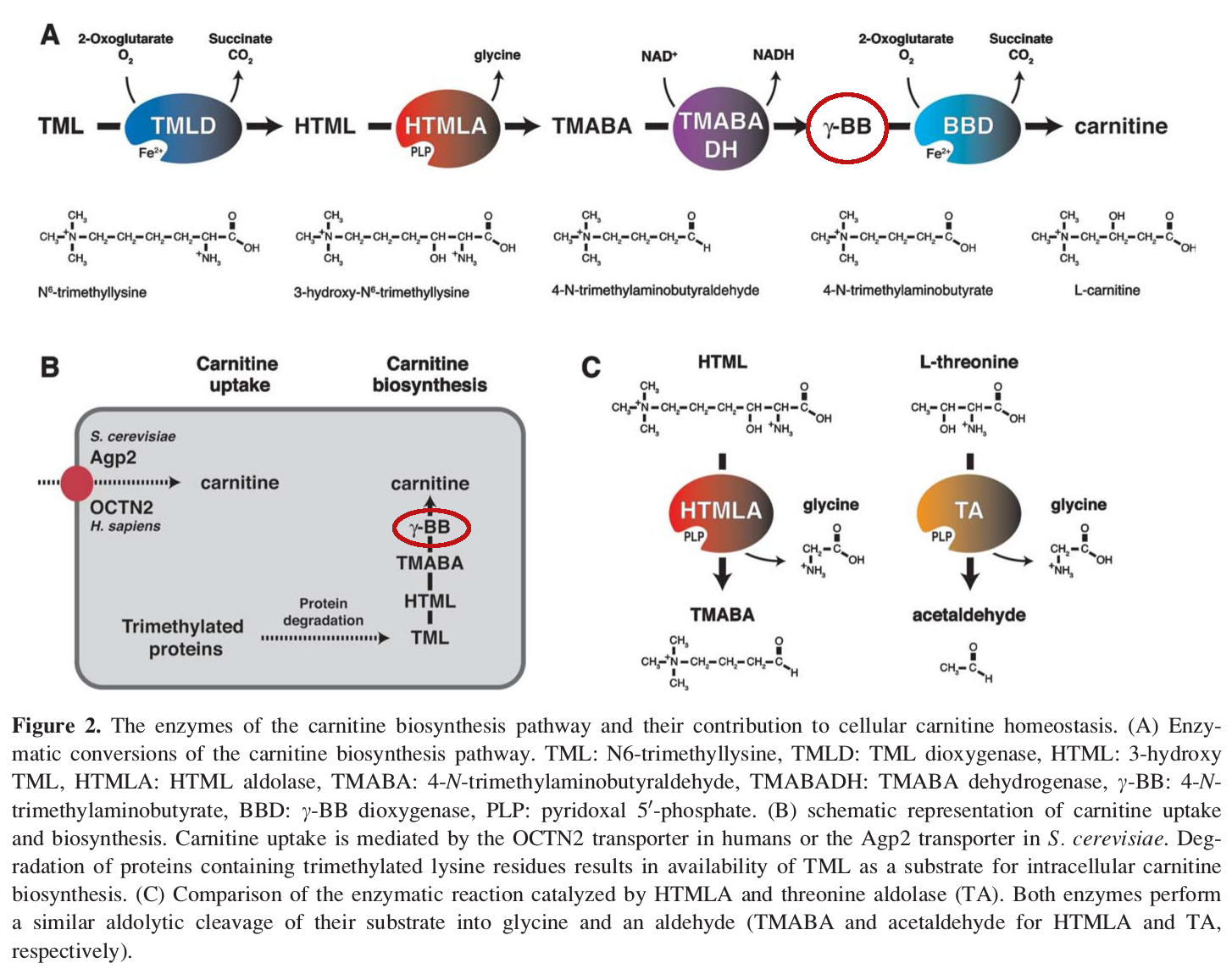
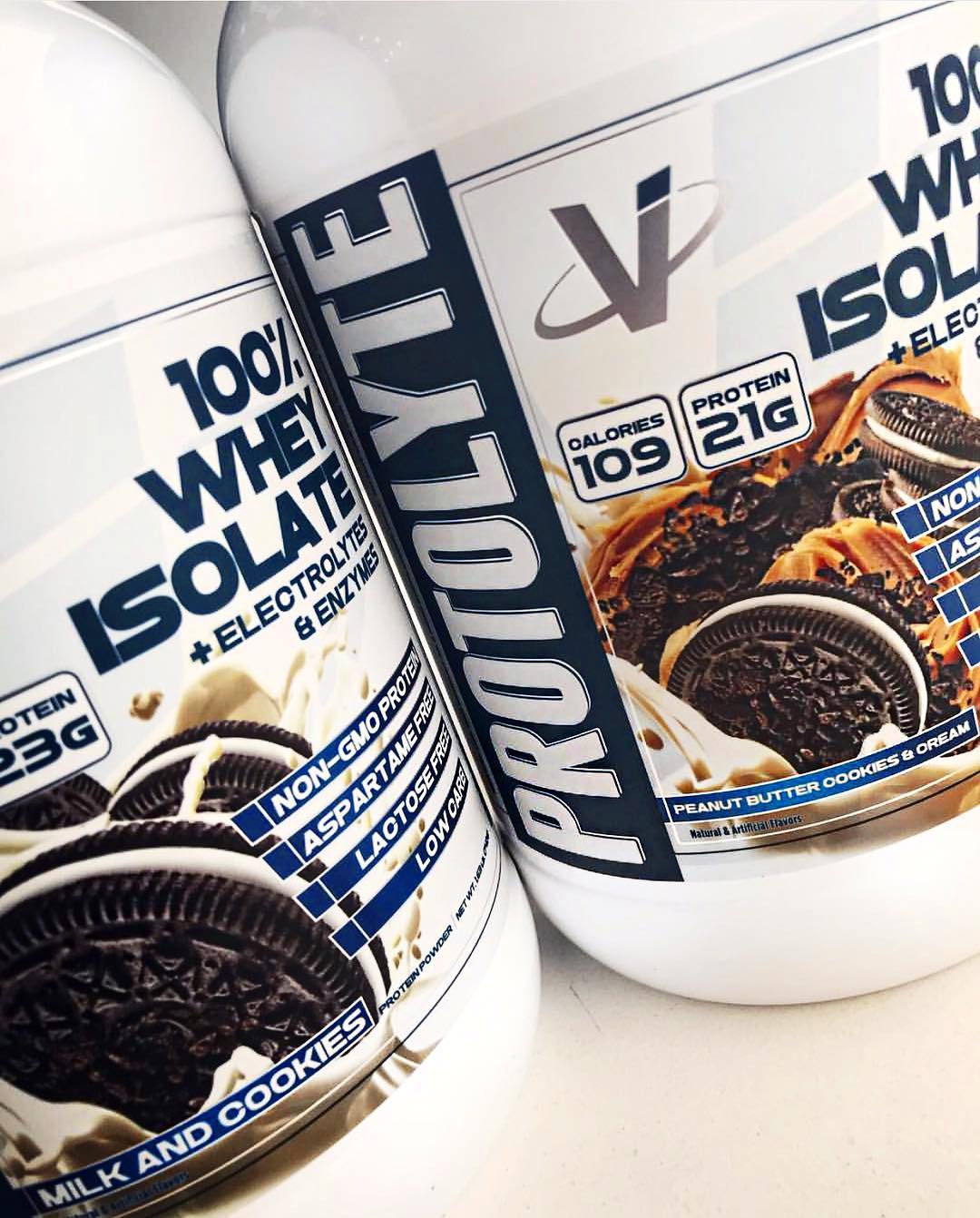
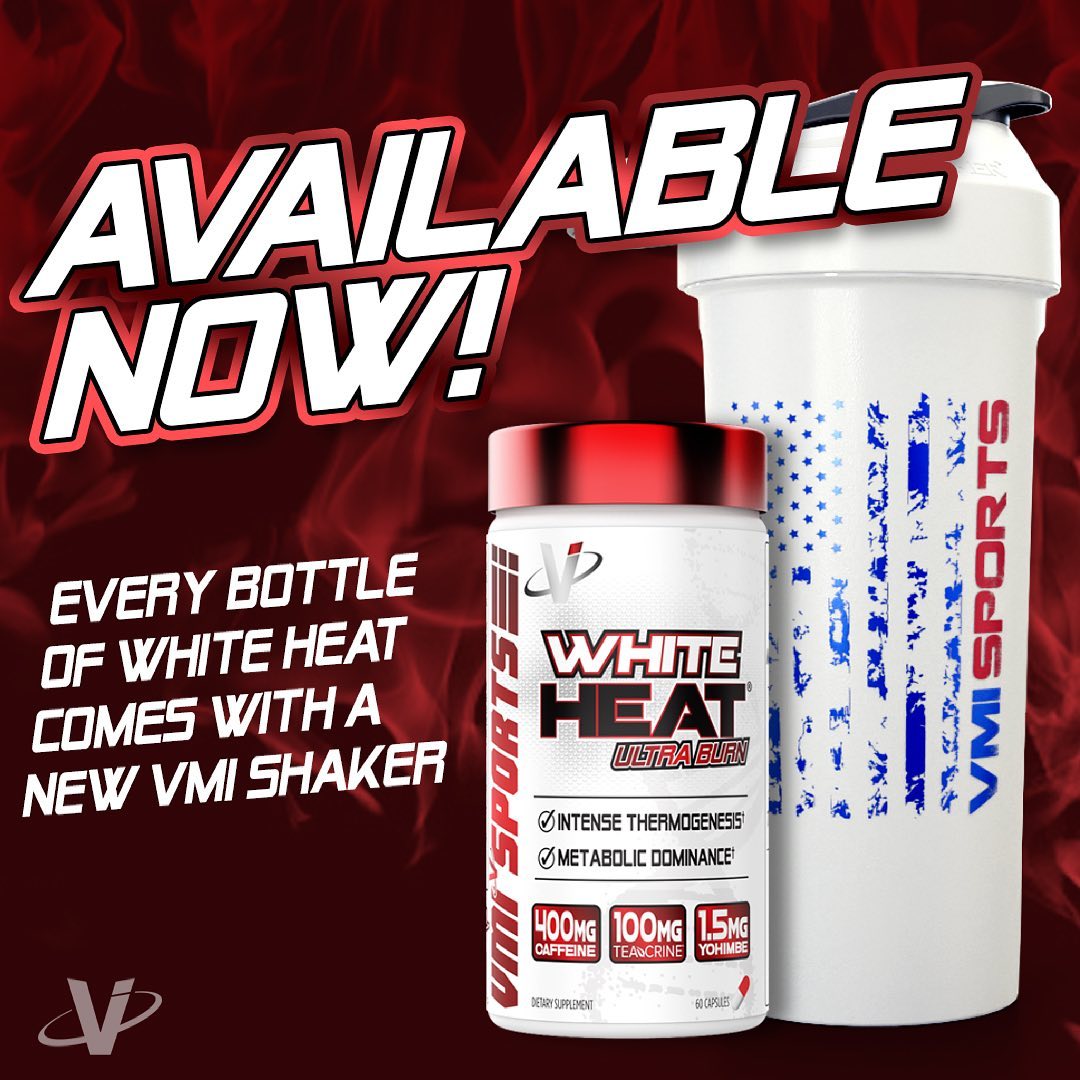
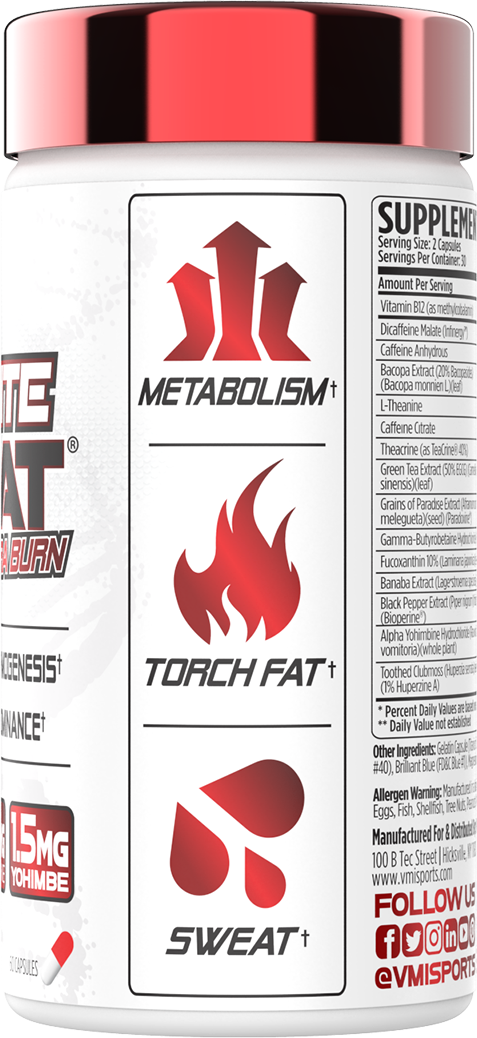
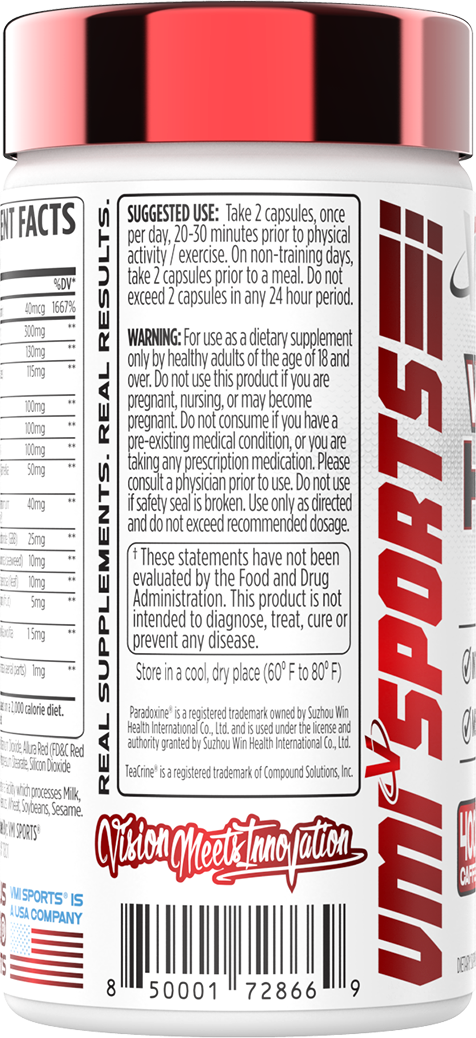



Comments and Discussion (Powered by the PricePlow Forum)